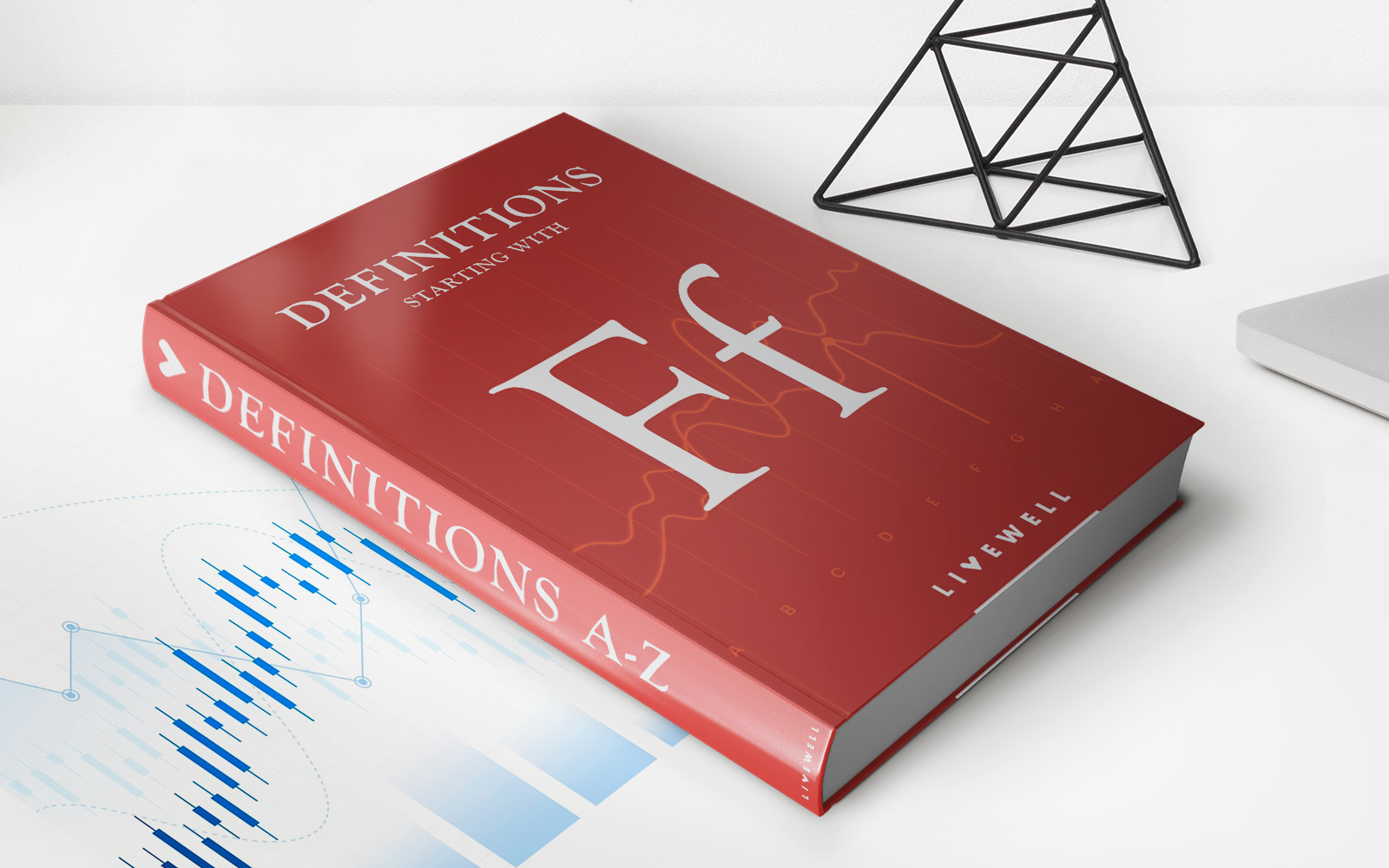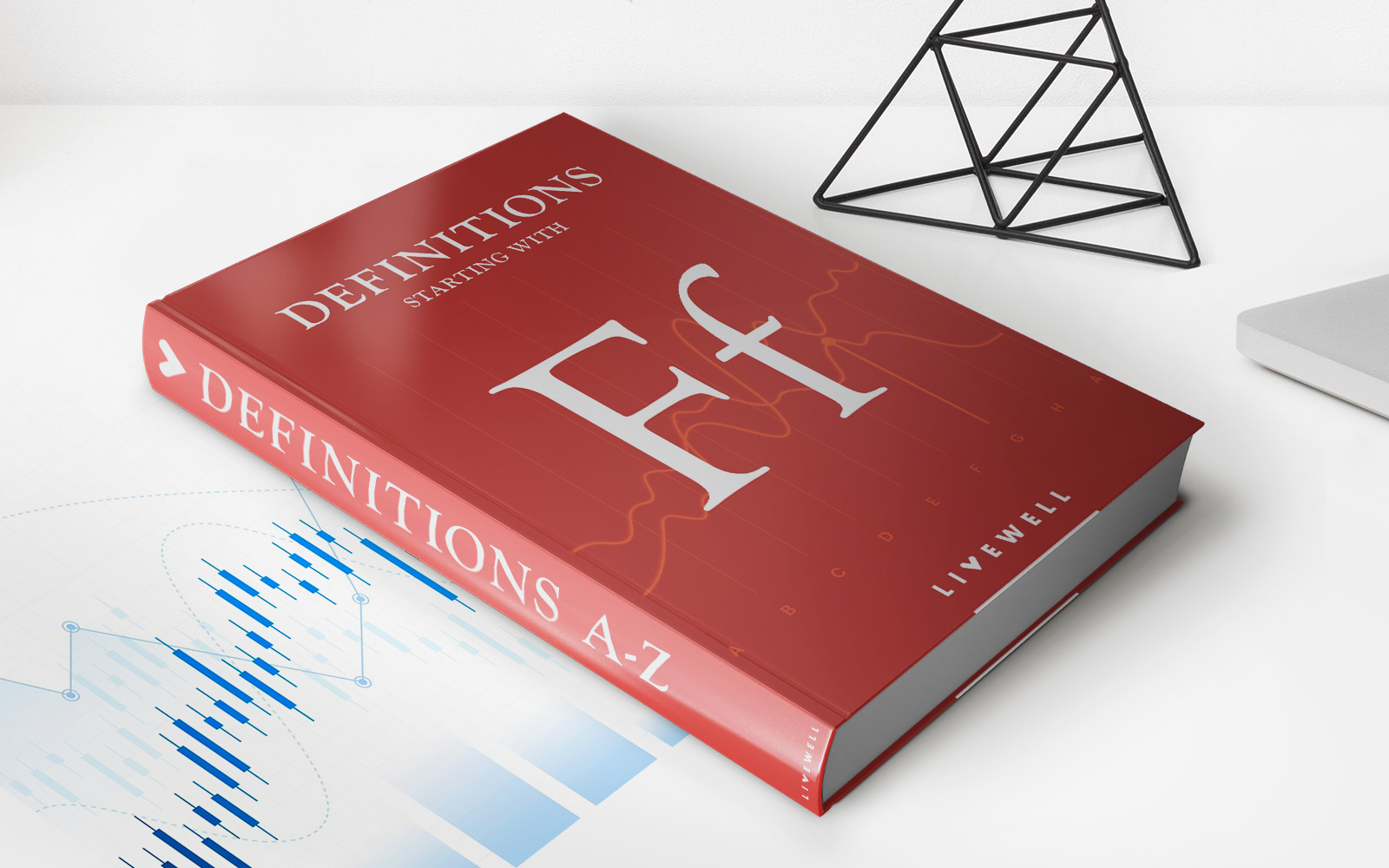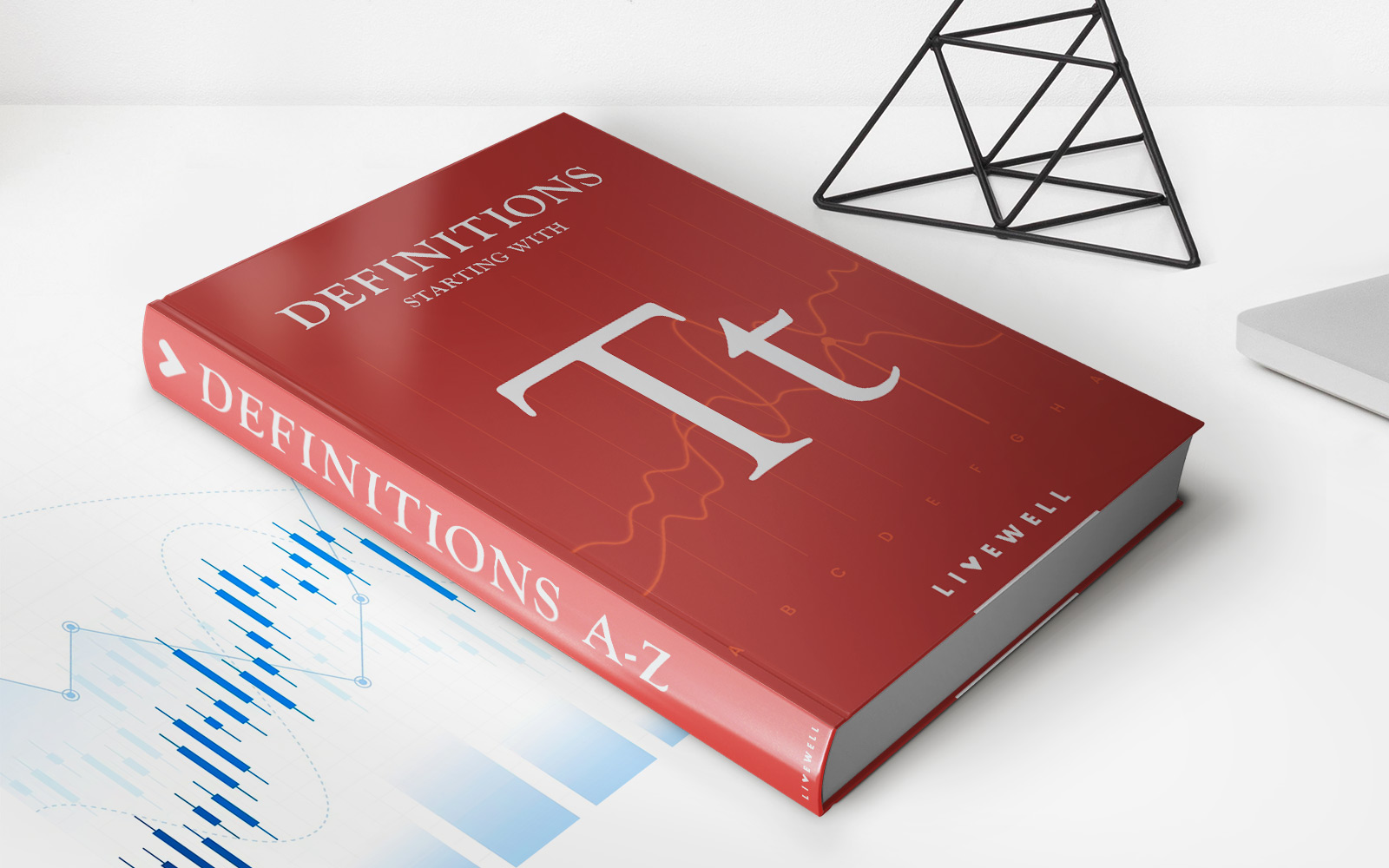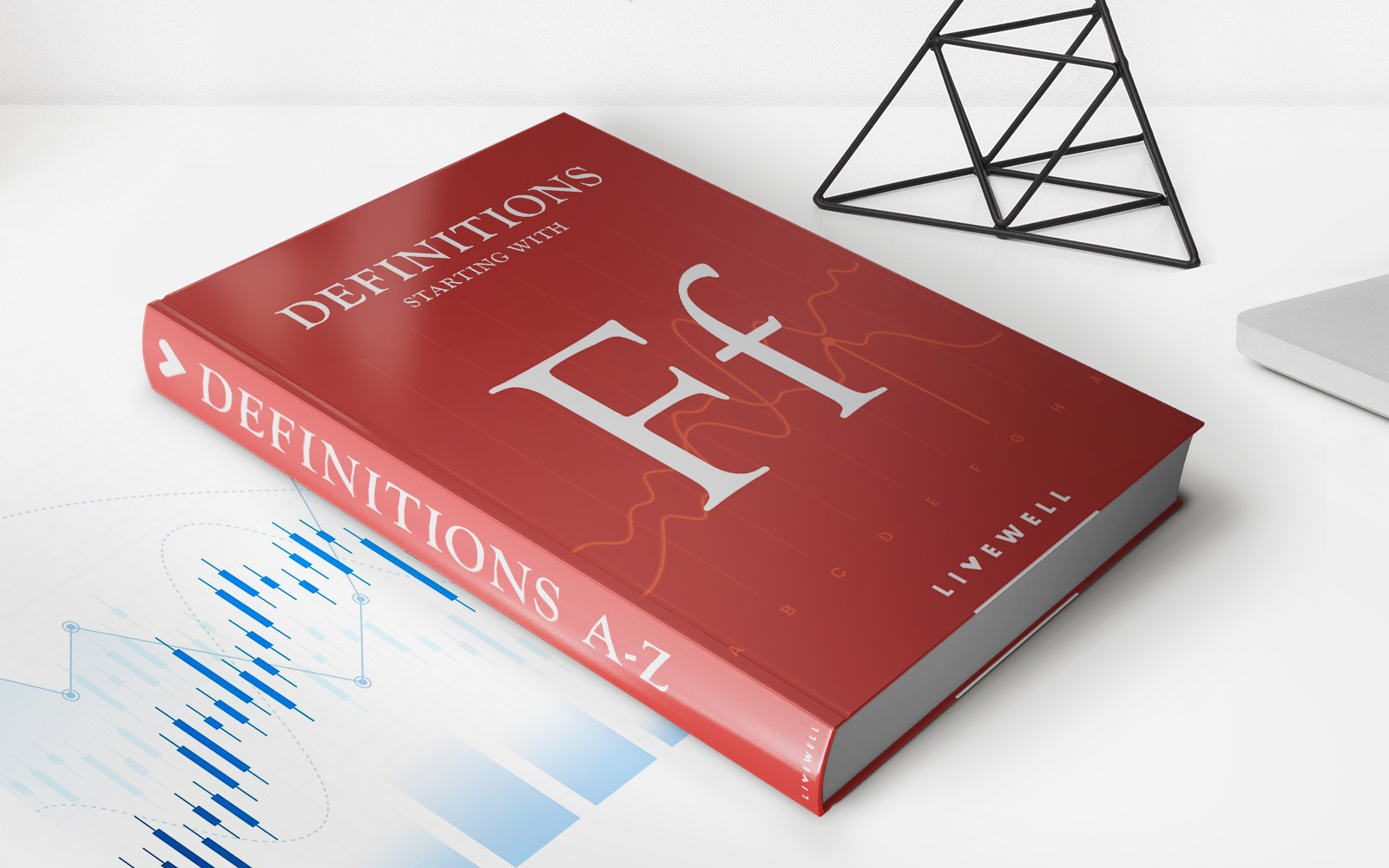Home>Finance>What Is The Difference Between Installment Loans And Revolving Credit


Finance
What Is The Difference Between Installment Loans And Revolving Credit
Modified: March 1, 2024
Learn the distinction between installment loans and revolving credit to make informed financial decisions. Understand the advantages and drawbacks of each option in managing your finances. Discover which option best suits your financial needs.
(Many of the links in this article redirect to a specific reviewed product. Your purchase of these products through affiliate links helps to generate commission for LiveWell, at no extra cost. Learn more)
Table of Contents
Introduction
When it comes to managing finances and navigating the world of credit, understanding the fundamental differences between installment loans and revolving credit is essential. Both options offer individuals and businesses access to funds, but they function in distinct ways, catering to diverse financial needs and circumstances.
By delving into the specifics of installment loans and revolving credit, one can gain valuable insights into how these financial tools operate and the unique benefits they bring to the table. Whether you’re contemplating a major purchase, seeking to consolidate debt, or planning for a significant expense, comprehending the disparities between these two forms of credit can empower you to make informed decisions that align with your financial objectives.
In this comprehensive guide, we’ll explore the intricacies of installment loans and revolving credit, shedding light on their respective features, advantages, and potential drawbacks. By the end of this journey, you’ll have a clear understanding of the key disparities between these credit options and be better equipped to determine which best suits your financial needs.
Understanding Installment Loans
Installment loans are a popular form of borrowing that involves receiving a lump sum of money from a lender, which is then repaid over a predetermined period through a series of fixed, scheduled payments. This type of loan is commonly used for various purposes, such as financing major purchases like homes, cars, or appliances, as well as covering significant expenses like medical bills or home improvements.
One defining characteristic of installment loans is their structured repayment schedule, which typically spans months or years. Each payment consists of both principal and interest, allowing borrowers to gradually reduce their debt while fulfilling their financial obligations. This predictable repayment framework provides borrowers with clarity and stability, making it easier to budget and plan for the future.
Furthermore, installment loans come in diverse forms, including mortgages, auto loans, personal loans, and student loans, each tailored to specific needs and circumstances. Interest rates on installment loans can be fixed or variable, depending on the type of loan and the lender’s terms. Fixed rates remain constant throughout the loan term, offering predictability and protection against interest rate fluctuations, while variable rates may fluctuate based on market conditions, potentially affecting monthly payments.
Another important aspect of installment loans is the potential for collateral. Some installment loans are secured, meaning they are backed by an asset, such as a home or a car, which can be repossessed by the lender if the borrower defaults. On the other hand, unsecured installment loans do not require collateral but may carry higher interest rates to offset the increased risk for the lender.
Overall, installment loans provide a structured and systematic approach to borrowing, offering borrowers access to substantial funds while enabling them to repay the debt over time through manageable, fixed payments.
Understanding Revolving Credit
Revolving credit is a flexible and renewable form of credit that allows borrowers to access funds up to a predetermined credit limit. Unlike installment loans, which provide a one-time lump sum, revolving credit permits individuals and businesses to borrow, repay, and borrow again within the specified limit, without the need to reapply for the credit each time.
One of the primary features of revolving credit is the revolving nature of the available funds. As the borrower repays the outstanding balance, the available credit is replenished, providing ongoing access to funds for various expenses and financial needs. This revolving structure offers a high degree of flexibility, making it suitable for managing fluctuating expenses and unforeseen costs.
Credit cards are perhaps the most common form of revolving credit, allowing cardholders to make purchases or cash advances up to their credit limit and then repay the borrowed amount over time. The minimum payment requirement on revolving credit accounts gives borrowers the option to carry a balance from month to month, though interest is charged on the outstanding amount.
Furthermore, revolving credit accounts often come with variable interest rates, which can fluctuate based on market conditions and other factors. This variability can impact the cost of borrowing and the overall amount of interest paid over time, adding an element of uncertainty to the borrowing experience.
Revolving credit also offers the advantage of a revolving line of credit, which can be utilized as needed, providing a safety net for unexpected expenses or cash flow gaps. Additionally, some forms of revolving credit may come with rewards programs, offering incentives such as cashback, travel points, or other perks based on spending activity.
Overall, revolving credit provides a dynamic and adaptable approach to borrowing, allowing individuals and businesses to access funds as needed, repay the borrowed amount, and then borrow again, all within the confines of a predetermined credit limit.
Key Differences Between Installment Loans and Revolving Credit
While both installment loans and revolving credit offer access to funds, they differ significantly in structure, repayment terms, and flexibility. Understanding these distinctions is crucial for individuals and businesses seeking the most suitable financing options for their specific needs. Here are the key differences between installment loans and revolving credit:
- Repayment Structure: Installment loans feature a fixed repayment schedule, with borrowers making regular, predetermined payments until the entire loan amount is repaid. In contrast, revolving credit allows for flexible repayments, with the option to carry a balance from month to month, provided the minimum payment is met.
- Access to Funds: With installment loans, borrowers receive a one-time lump sum, which is ideal for financing specific purchases or expenses. Revolving credit, on the other hand, provides ongoing access to funds within a predetermined credit limit, allowing for multiple transactions and repayments over time.
- Interest Accrual: Interest on installment loans is calculated based on the outstanding principal balance and is typically included in each fixed payment. In contrast, revolving credit accrues interest on the outstanding balance, which can fluctuate based on the repayment behavior and prevailing interest rates.
- Flexibility: Revolving credit offers greater flexibility, allowing borrowers to borrow, repay, and borrow again within the specified credit limit without the need to reapply for credit. Installment loans, by contrast, provide a structured and inflexible borrowing arrangement once the loan is established.
- Collateral Requirements: Installment loans may be secured or unsecured. Secured installment loans require collateral, such as a home or a vehicle, to mitigate the lender’s risk. Revolving credit, particularly credit cards, is typically unsecured and does not require collateral.
- Repayment Period: Installment loans have a defined repayment period, often ranging from months to years, depending on the loan type. Revolving credit has an ongoing repayment cycle, with the ability to carry a balance indefinitely, subject to the credit limit and minimum payment requirements.
These fundamental differences underscore the unique characteristics and suitability of each form of credit, catering to diverse financial needs and preferences. Whether the goal is to finance a specific purchase or maintain ongoing access to funds, understanding the disparities between installment loans and revolving credit is essential for making informed borrowing decisions.
Factors to Consider When Choosing Between Installment Loans and Revolving Credit
When evaluating the most appropriate financing option for a specific need, several factors come into play, influencing the decision between installment loans and revolving credit. Consider the following essential factors when choosing between these two forms of credit:
- Financial Objective: Determine the primary purpose of the funds. If the goal is to finance a specific, one-time expense, such as a home renovation or a major purchase, an installment loan may be the preferred choice. On the other hand, if the need involves ongoing or fluctuating expenses, revolving credit offers the flexibility to access funds as needed.
- Repayment Structure: Assess the preferred repayment approach. If a structured, predictable repayment schedule is desired, an installment loan provides clarity and stability, with fixed payments over a defined period. For those seeking more flexibility in repayment, revolving credit allows for varying payment amounts and the option to carry a balance from month to month.
- Interest Considerations: Evaluate the cost of borrowing and the impact of interest rates. Installment loans often feature fixed interest rates, providing predictability and protection against market fluctuations. Revolving credit, however, may have variable interest rates, which can lead to varying monthly payments and overall interest costs.
- Access to Funds: Consider the frequency and nature of the financial needs. If there is a specific, one-time funding requirement, an installment loan’s lump sum disbursement may be suitable. For ongoing or unpredictable expenses, revolving credit’s access to a line of credit offers the flexibility to address changing financial needs.
- Collateral Availability: Determine the willingness to provide collateral. If collateral is available and the desire to secure a loan exists, an installment loan, particularly a secured one, may offer favorable terms and lower interest rates. Revolving credit, typically unsecured, does not require collateral but may carry higher interest rates.
- Long-Term vs. Short-Term Needs: Assess the duration of the financial need. Installment loans are well-suited for long-term financing, such as a mortgage or an auto loan, providing a defined repayment period. Revolving credit is ideal for short-term or ongoing needs, offering continuous access to funds within the credit limit.
By carefully considering these factors in the context of specific financial goals and circumstances, individuals and businesses can make well-informed decisions regarding the most appropriate credit option, whether it be an installment loan or revolving credit. Ultimately, aligning the chosen credit product with the intended use of funds and the preferred repayment structure is essential for achieving financial objectives while managing borrowing costs effectively.
Conclusion
Understanding the nuances of installment loans and revolving credit is vital for navigating the complex landscape of borrowing and managing finances. Both options offer unique benefits and cater to diverse financial needs, providing individuals and businesses with access to funds for specific purchases, ongoing expenses, and unexpected costs.
Installment loans stand out for their structured repayment schedules, fixed loan amounts, and suitability for one-time, significant expenses. Whether it’s purchasing a home, financing a car, or covering a major medical expense, installment loans provide predictability and clarity in the repayment process, enabling borrowers to gradually reduce their debt over a defined period.
On the other hand, revolving credit offers unparalleled flexibility, allowing for ongoing access to funds within a predetermined credit limit. Whether in the form of credit cards or lines of credit, revolving credit accommodates fluctuating expenses, unforeseen costs, and the need for continuous access to funds without the constraints of a fixed repayment schedule.
When choosing between installment loans and revolving credit, various factors come into play, including the specific financial objective, preferred repayment structure, interest considerations, access to funds, collateral availability, and the duration of the financial need. By carefully evaluating these factors, borrowers can make informed decisions that align with their financial goals and circumstances, effectively managing borrowing costs and optimizing the use of credit.
Ultimately, the choice between installment loans and revolving credit hinges on the alignment of the credit product with the intended use of funds and the borrower’s repayment preferences. By leveraging the unique features of each form of credit, individuals and businesses can navigate their financial journeys with confidence, utilizing the most suitable financing options to achieve their objectives and secure their financial well-being.














